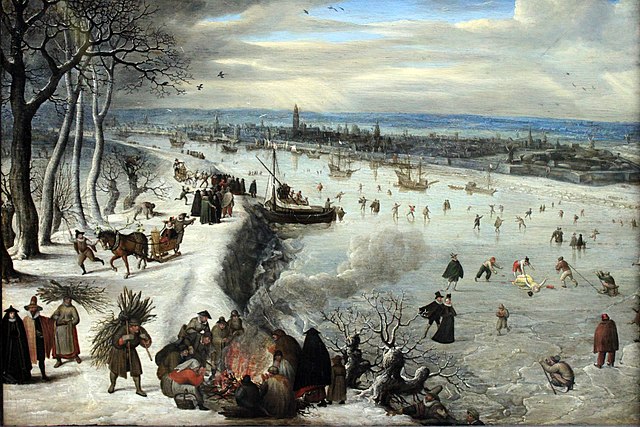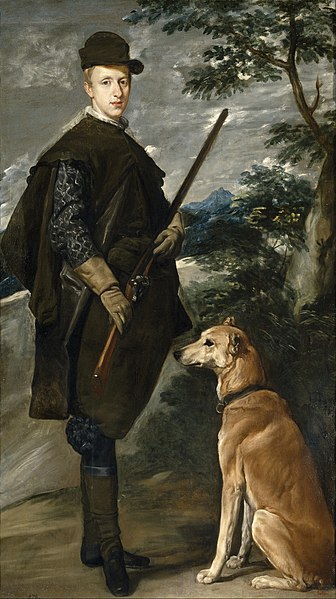The Barrier Treaties were a series of agreements signed and ratified between 1709 and 1715 that created a buffer zone between the Dutch Republic and France by allowing the Dutch to occupy a number of fortresses in the Southern Netherlands, ruled by the Spanish or the Austrians. The treaties were cancelled by Austria in 1781.
Antwerp and the frozen Scheldt (1590); control of the vital trading route formed part of the discussions on the Barrier Treaties.
Anthonie Heinsius, the Grand Pensionary of Holland, who was one of the greatest Dutch propontents of the Barrier.
The Southern Netherlands, also called the Catholic Netherlands, were the parts of the Low Countries belonging to the Holy Roman Empire which were at first largely controlled by Habsburg Spain and later by the Austrian Habsburgs until occupied and annexed by Revolutionary France (1794–1815).
Silver florin of Emperor Charles V with the coat of arms of the House of Burgundy (Low Countries, etc.) c. 1553.
Velázquez portrait of the Cardinal-Infante Ferdinand, son of Philip III of Spain, Governor General of the Low Countries at age 25, in 1634, until his death in 1641.
Portrait of a patriot from Antwerp, commemorating the uprising against Joseph II





